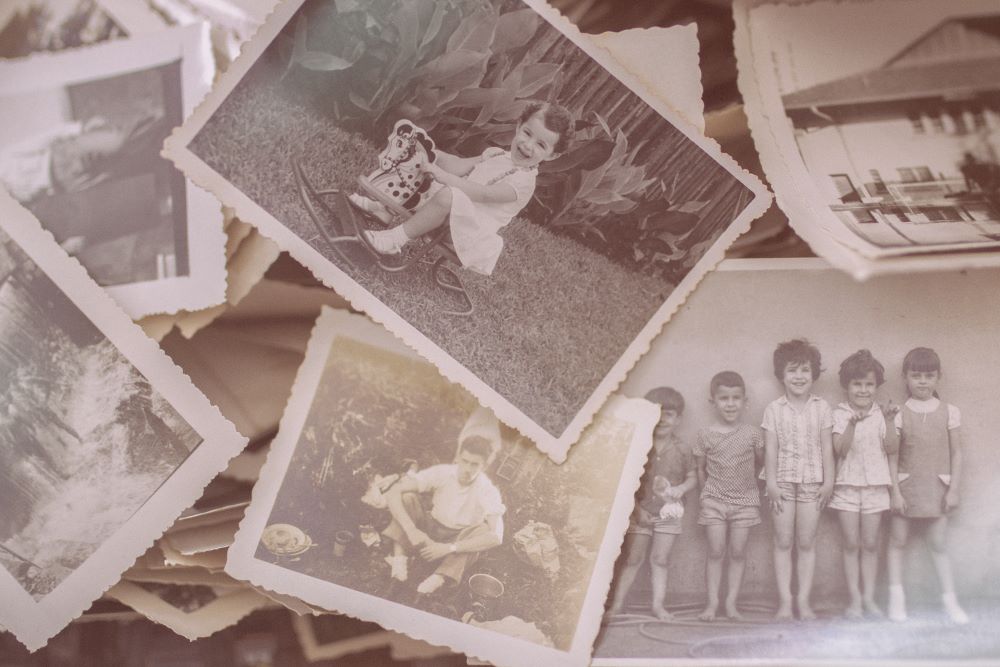Those who’ve clinically died and returned report having their lives flash before their eyes.
A recent study suggests that people with near-death experiences often report vivid flashbacks of their life before they pass away. The research, conducted by a team of scientists from the University of Liège in Belgium, found that these flashbacks can include both positive and negative memories and can occur in any order. The study surveyed 131 patients who had been declared clinically dead before being revived and found that 62% of them reported having some form of recall of their memories during their near-death experience.
The study, recently published in the journal Frontiers in Human Neuroscience, found that out of the individuals surveyed, a substantial number, 62 percent, reported experiencing some form of recall of their memories. This suggests that near-death experiences may be associated with the emergence of vivid memories, which can provide insight into the final moments of life. The study’s results are significant as they may lead to a better understanding of the phenomenon of near-death experiences and how they may impact the care provided to dying patients, such as those who are in hospice or those who are comatose.
The researchers behind the study have put forth the theory that these vivid flashbacks experienced by individuals during near-death experiences may be caused by a sudden surge in brain activity. This surge in brain activity is believed to occur as the body prepares to die. They think that the sudden increase in neural activity could explain why some people experience these vivid memories of past events and that it is an attempt by the brain to make sense of what is happening during a person’s final moments, which is shocking to the brain. The brain may also use this surge in activity to preserve important or meaningful memories in order to help the person transition.

The patients surveyed in the study reported a wide range of memories they had experienced leading up to, and during, the time in which they can be declared clinically deceased. Some patients recalled positive memories of happy times they had shared with their loved ones, such as weddings, birthdays, and other special moments. These memories were often described as comforting and provided a sense of solace during their near-death experience. Others reported negative memories of past traumatic events such as accidents, illnesses, and other stressful incidents. These memories were often described as distressing and contributed to anxiety and distress during their near-death experience. It could perhaps be the mind’s way of making sense of what’s happening by likening the even to other equally distressing events.
The order of the memories was also found to be random, with some patients reporting memories from early childhood while others reported memories from recent events. This suggests that the memories that surface during a near-death experience are not necessarily chronological and may be triggered by different factors for different individuals.
Whether the phenomenon of one’s life “flashing before their eyes” in these moments is a way for their brain to make connection or calm their fears, the study’s results given greater meaning to this popular expression being used in connection with near-death experiences. The study’s lead author, Dr. Laureys, emphasized that it is essential for healthcare providers to be aware of the possibility of these vivid memories surfacing and to take necessary steps to ensure that patients are given the best possible care, with an emphasis on providing a peaceful and dignified death.
Sources:
Life Might Flash Before Your Eyes Right Before You Die, Study Says
Life Review and Life-Story Work
Vivid Dreams Comfort the Dying
Vivid End-Of-Life Dreams May Help Comfort People Facing Death


Join the conversation!